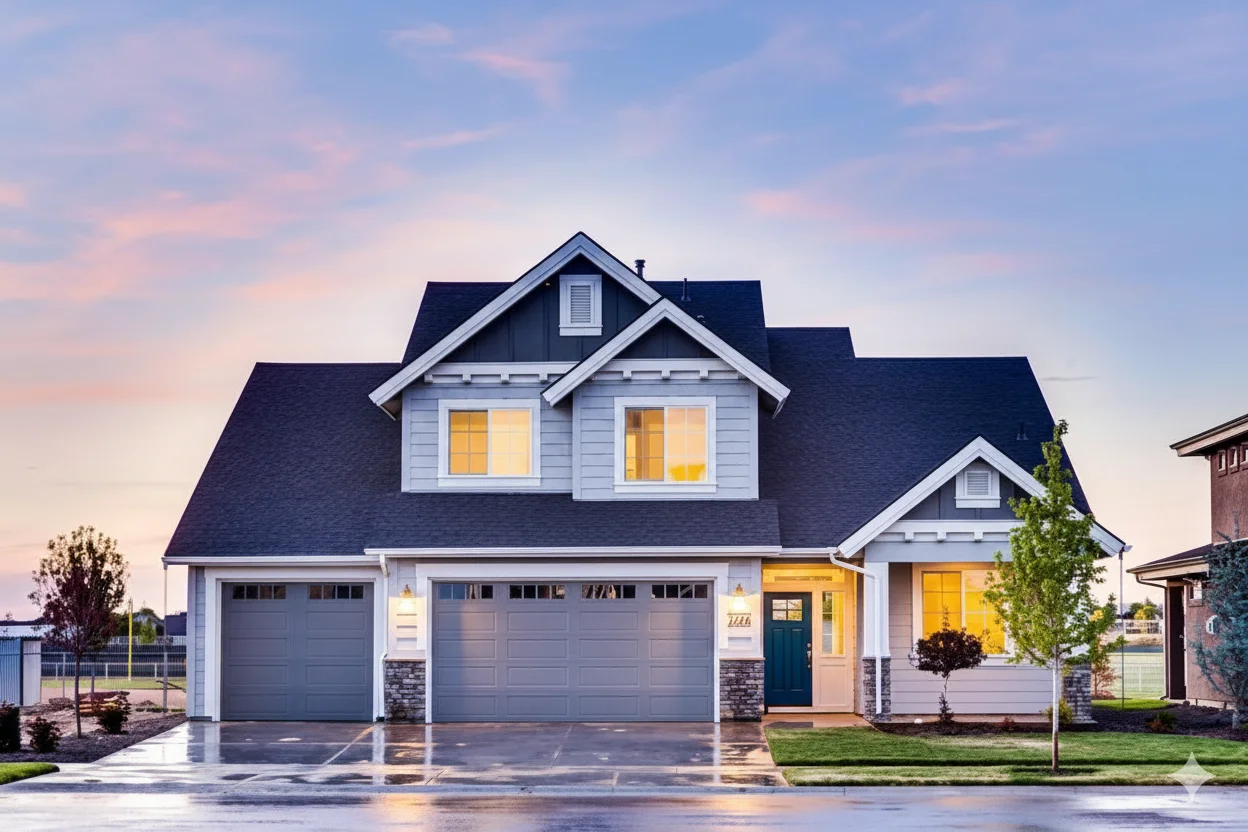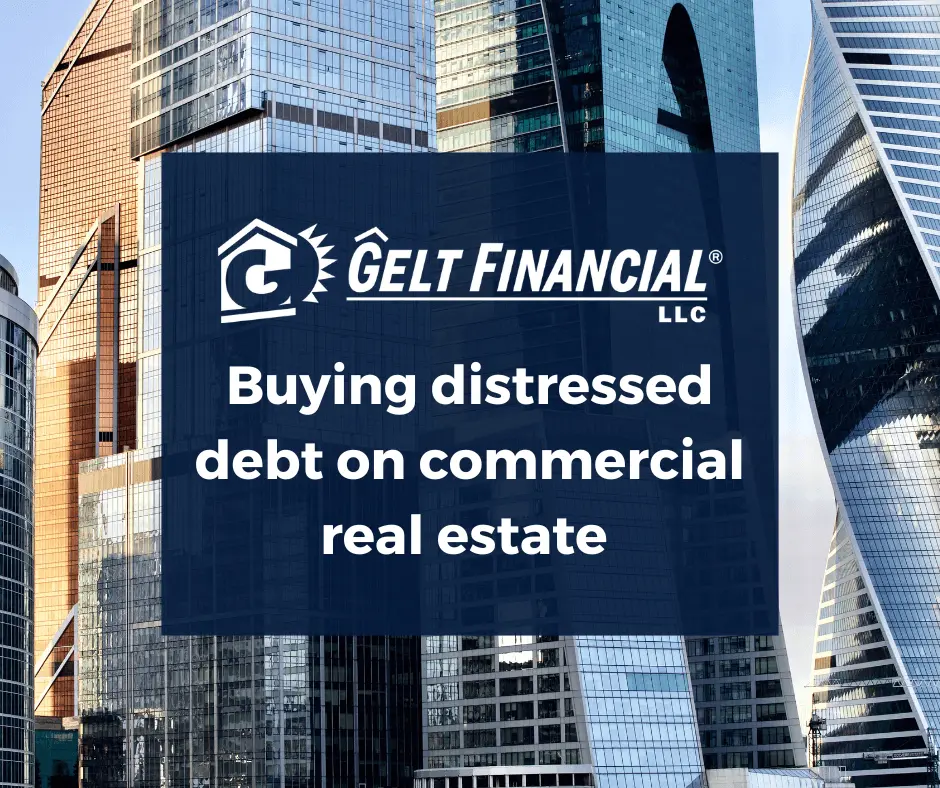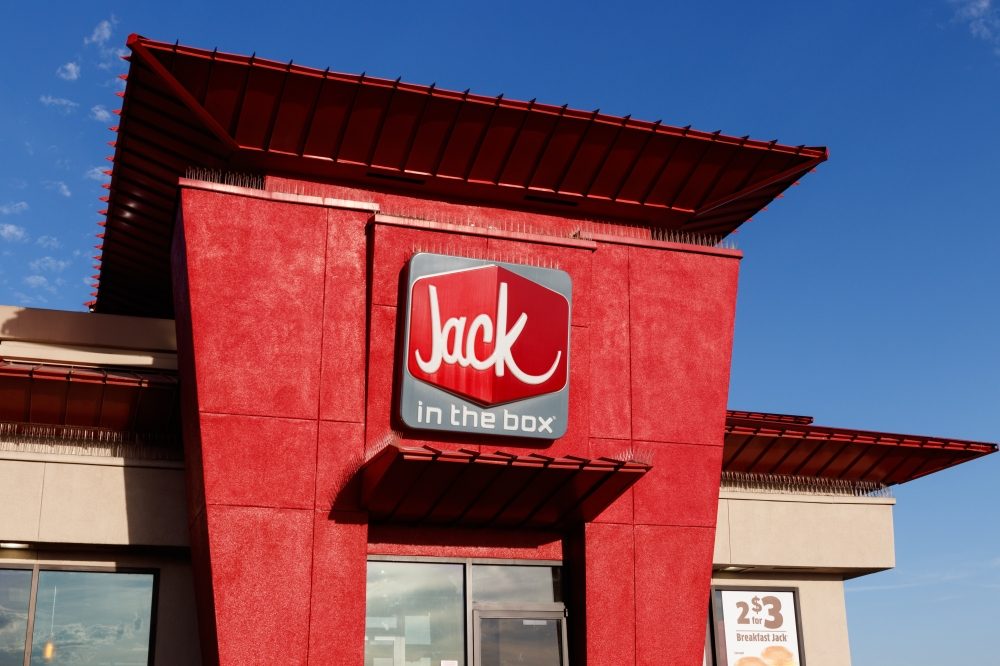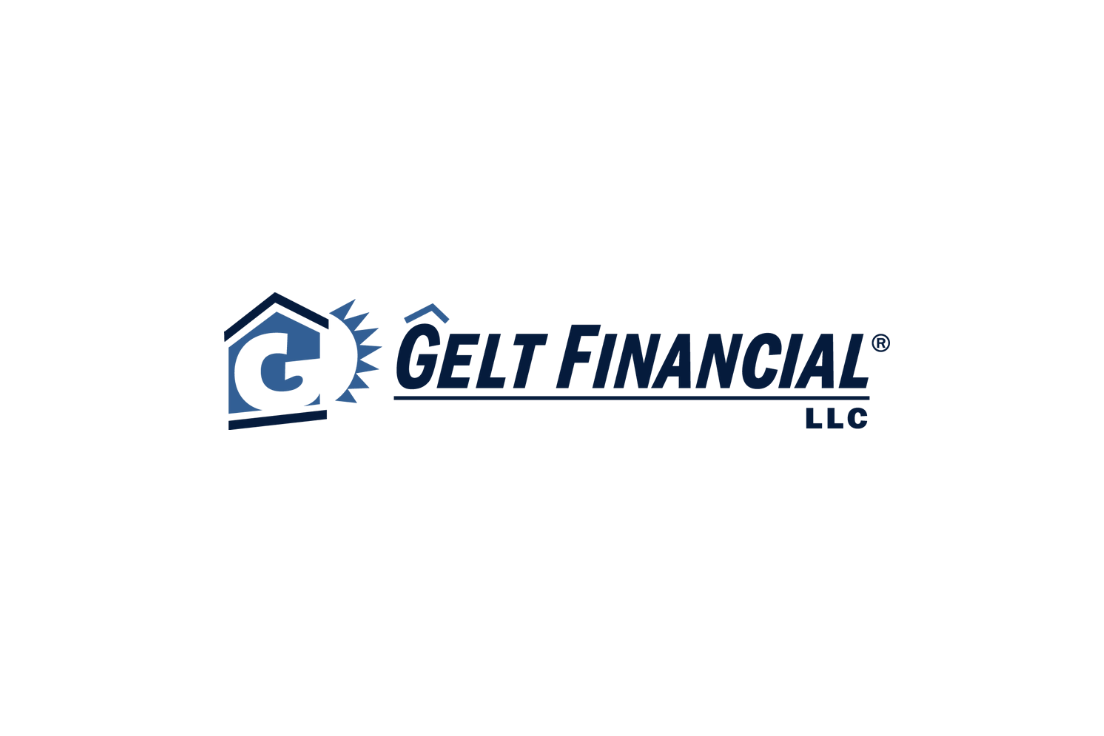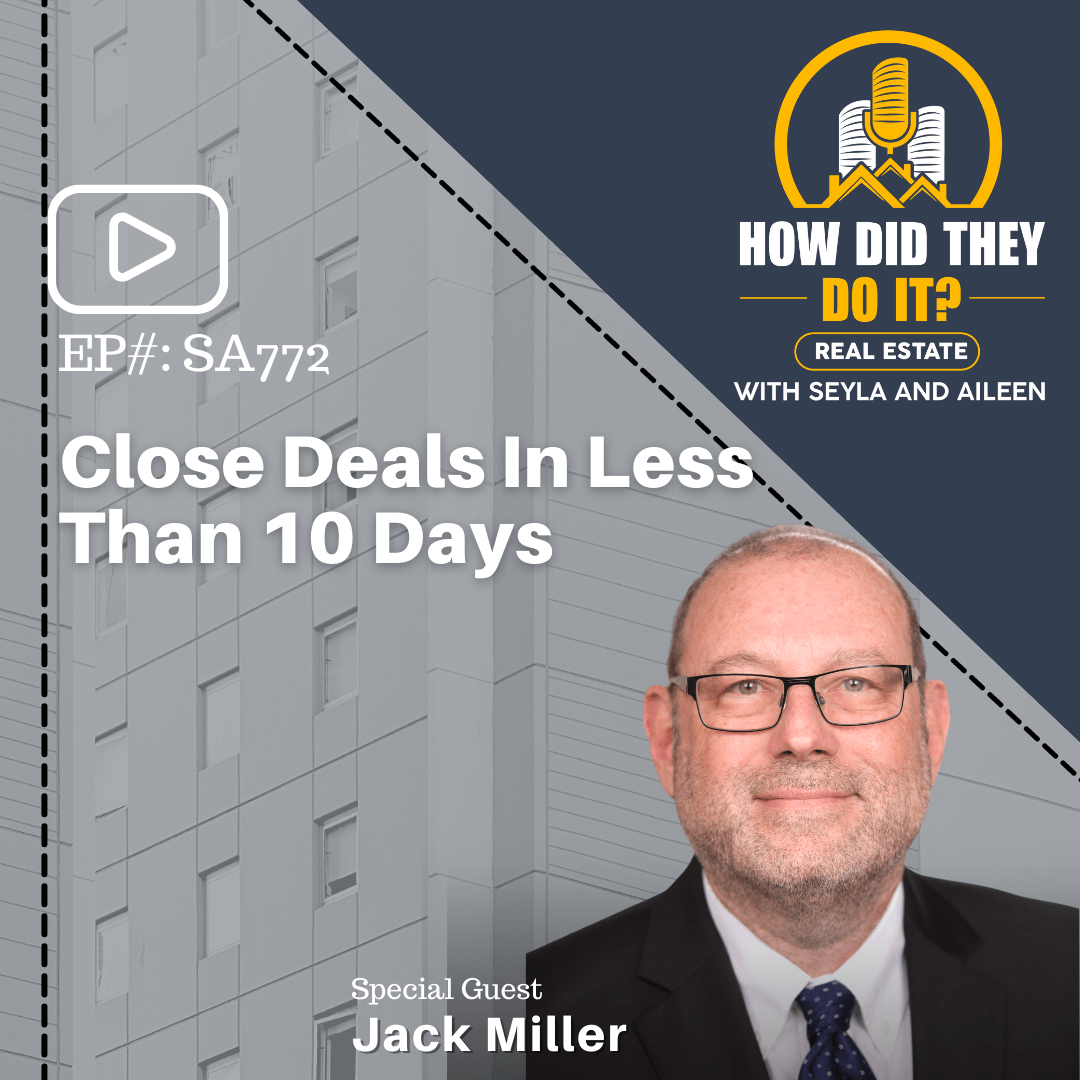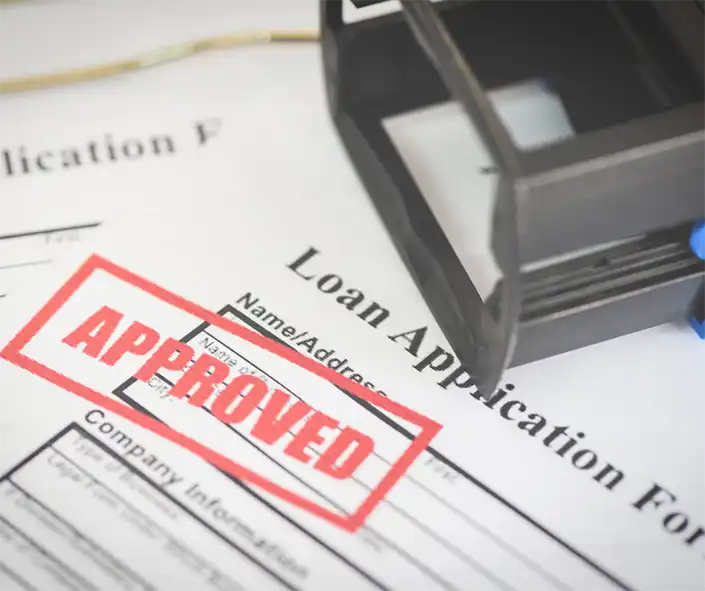Pro Guide: Why Real Estate is the Best Inflation Hedge and Investment
Jack Miller goes into detail on why real estate investing is the best inflation hedge and investment. He goes over it step by step.
“Hello, this is Jack Miller. I hope you’re having a good day. I wanted to make this video, this short video, to talk about why I believe real estate is a fantastic inflation hedge, and I’m going to show you from different sides, from rent increases, from property value increases, from mortgage pay down. But ultimately, why real estate’s a fantastic investment in all markets, whether it be in this market or the market 10 years ago or the market 10 years from now. It doesn’t really matter, so let’s get right into it.
I have to tell you first, the kind of funny is my third attempt because I screwed up the screen sharing on the other two attempts, so hopefully this will work this time. So, okay. So hopefully, if I’m doing this right, you are seeing a very simple spreadsheet. I kept this very simple, a spreadsheet that I did yesterday. And all its talking, there’s really three tabs. There’s the master, which is basically the facts of the deal. There’s the rent increase and the amortization. And there’s some stuff here which I’m purposely going to hide, and we’ll talk about it in a few minutes. So, I tried to do this, and I want to prove out mathematically why I believe real estate’s a fantastic investment. You know, most people who are watching this and most people in today’s market have not experienced tremendous inflation, and they haven’t experienced tremendous interest rate increases. You know, when I’m almost 60, I’ll be 60 in a couple of months, when I started, rates were fifteen and three quarters, and you know, I’ve experienced it all. So, you know, people are going to be stunned when all of sudden rates start to creep up, and they’re freaking out over 25 basis points or 75 basis points, but it’s really, I don’t believe it. I don’t wanna say it’s meaningless. It all has an offset and comes out in the wash. So, you know, it’s really not an excuse not to buy real estate. I think by the end of this, you will love buying real estate, and this is free. I’m not charging a penny. I don’t even, I don’t sell anything for this. It’s just because I love it. So, I’m gonna let’s start jumping in with the numbers.
So, I’m gonna assume one more thing. I’m using a million dollars as a number to buy a piece of property. If you’re, it could be 10 million for you. It could be a half a million, or it could be a hundred thousand. The principles are the same. You do what you can afford, but let’s play it out with my numbers, and you, I think at the end, you’ll see real estate is literally the best hedging against inflation. Some people argue it’s the S&P index. I don’t want to make that argument or defend that. Way above my pay rate. So, let’s jump right into the fun stuff. So, I’m going to figure today you can get a decent property for six and a half cap rates. So, I use a six and a half cap rate, and I’m going to assume I want to look at this just day one and then see how it progresses over time that I buy a property for a million bucks. I like 75 leverage. I personally like lower leverage, but let’s use 75% average leverage, I think, today. So, I’m going to borrow 750 grand from my local bank, and I’m going to put 250,000 as a down payment, and I just figured 5 closing costs that average some cities and states or more depending if they have transfer tax mortgage tax, but you can play with the numbers. So right away, I have a cash investment of 300,000. I’m leaving off by the.
I’m leaving off, by the way, on this depreciation and certain things like that. I’m keeping this at a very, very high level. You can do spreadsheets, and you can download them for free, which will be much more in detail and much more accurate. I just want to prove a point. So again, it’s not exact. Um, or you can get much more detail. My point is not to go into the details too much but to get you on thinking about the general concept on the big picture. So, right away, you have a $300,000 investment. I always urge you to have big reserves because big reserves are protection over span stuff and over a period of time, you’re gonna have bad stuff happen. You’re gonna have rates go up, rates go down. We just are coming off COVID where you had eviction moratoriums. There’s always something bad right around the corner, so big cash reserves are excellent protection and keep your wealth preservation in line and make this generational wealth building, which I think real estate is. So, I would urge big reserves, but I didn’t factor that in. You could deal with that separately.
I’m figuring a 4% interest rate. You can borrow from a bank today, give or take, uh, so very simple. Here’s the math. I’m highlighting it. You know, you borrow $750,000 at 4%, your interest cost, what I do is I’m up there, you’re borrowing money, and it’s cost you $30,000 a year interest. Then I said, okay, what’s the principal and interest? I’m using a 20-year self-amortizing deal. Some people like 30 years, some people like interest-only. I personally like to pay down principal. The principal, if you see here, the payment starts out at $4,500 a month, so the payment’s $54,000 a year. So that’s what I use. So, I’m also using here the next figure is the net cash flow after expense, topic of another time. I’ve made another video on NOI and how to calculate NOI. There’s a difference between gross and net, but I’m figuring net for this purpose. So, in this case, you’ll figure you’ll see later on when I use the gross, I use a higher number, but this is the net NOI, the net expenses after operational expenses, not the interest defense. $65,000, aha! A 6.5 cap rate. That’s how I get the $65,000. If you change the cap rate, this number changes, but just to get the point.
So right away, we have $65,000 in income, and we have $54,000 in mortgage payment. So right away, we have a free cash flow of about $10,000 a year or do it on a percentage basis about three percent of your investment. Not too exciting, kind of boring three percent, and you have to work on real estate. It’s a lot of aggravation personally guaranteeing it most cases. Three percent certainly not exciting off the back, but let’s see where it goes. You know where it goes is the exciting part. Okay, I figure you’re going to pay principal down by $25,000 the first year. Where do I figure that? I go to my third tab, and again, I’m using a very basic amortization schedule. You could download them offline, and you know the payment, again $5400. So, let’s just do what the first very simple here 12 years’ worth of payments you see about $25,000 a year. So, are you really paying down the $25,000, or is your tenant paying down the $25,000? So, think about at the end of the year, instead of owing $750,000, you’re going to owe $725,000, and that money isn’t coming from you. It’s coming from the rents. So, it’s forced savings.
The tenant is paying down your back your loan. It’s an unbelievable concept. It’s the best concept, one of the best concepts in the world. The tenant every month is paying back money that you owe. So assuming the property stays in value, now if you have to sell when it’s a deflationary period like ’08 to ’11, you’re in trouble. It may not be enough. But again, if you—I’m basing this on that you’re going to hold the property for five years, 10 years, 15 years, 20 years, you know, leave it on to your kids and they’re going to leave it on to their kids, and it’s really generational wealth building. So, $25,000 is being paid back. So really, the owner’s benefit is the $10,000 free cash flow plus the $25,000. You have a $35,000 first-year return. Well, now your return is 12%, again not factoring in depreciation or anything else. Starts to get a little more exciting here, starts to get a little more exciting, twelve percent. Big difference from three percent, big difference from three percent, and if you’re going to hold the property a long time, that’s how you have to look at it. Now, what causes real estate to go up? It’s a few things. The two big ones are general inflation. So, if you’re living in a house, it’s not rented out, you know, it’s just general inflation. I usually like to use in my own mind three percent number, you know, right now we’re in an inflationary period. The rates are very low. The past five years, it’s been a heck of a lot more than three percent. You’re saying some areas 15%, 20%, just crazy numbers. But again, I’m using conservative numbers over a long period. I want to look at this over a 10, 15, 20-year period. I’m gonna use that three percent number, you’ll see in my numbers. And its increased rents, and again, let’s jump to that for a second.
So, remember here we had a net rent of $65,000. So, what I did was I just said gross rent is $85,000, $20,000 expenses seems about right. You can play with the numbers, make them a little higher, a little lower, and I use day one. I said every year we’re going to raise the rents three percent. Now again, some years you do higher, some years you do lower. If you get a C, if you build in their three percent plus CPI, you may get higher some years, but I figured three percent. Let’s use this to see where this goes. I apologize. And so, you see very small increases. You know, what’s three percent a year? Nothing. Three percent is
boring. You’re gonna say, “Miller, you suck if you can only do three percent.” I’m going to tell you why I think three percent or again, it’ll be higher in some years, lower is another, but is a big number over time because compounding, what I say, compounding is the ninth wonder of the world or something like that. So the first year you get a $3,000 raise, next year, or $3,000, and it keeps going up. So let’s look at year ten. That $85,000 rent now is $110,000. Well, you’re doing the same work, you made the same investment, it just keeps going up. Let’s look. Let’s really focus on year 20 because I want my kids to have this. I want my grandkids to have this. I want this to be generational building. I want to be able to buy a property when I’m 22 or 24, 25 and say this is my retirement income. So, let’s look at that.
So, you know, three percent, you know, I start off getting $85,000, and in year 20, I’m getting $150 grand. That’s not chopped liver, that’s a huge increase, a huge increase, and I’m only using three percent. You may say, “Jack, you suck if you can only deliver three percent increases, you know I could do that in my sleep.” Okay, let’s use a four percent. So, remember that number, $150. Four percent is now $179, $180 grand, a $30,000 difference by changing it one percent. If you change it to five percent, $214. Look at the huge differences by compounding effects over time. So don’t ignore compounding in real estate because that’s a huge, a huge deal. Small increases over a period of a long time is has a huge effect. So, the key, you’ll see the theme of this is buy good real estate, whether it be one piece a year, two pieces a year, three pieces a year, whatever you can do, and take 20-year loans. And the number one key is don’t die. Don’t die and don’t screw it up. If you don’t die, you don’t screw it up, you’ll be wealthy. So, you see how here it goes up, and remember this is the—this is how the value is determined by this, the NOI. So, every dollar it goes up, you’re getting a proportionate cap rate. So for example, I use the 6.5 cap rate. So, if I raise rent by a dollar and when I sell it if the cap rate’s the same, you know I get six and a half dollars for every dollar. So, it’s a huge multiply effect. So, let’s keep going on. Let’s look now. So, this is day one, and let’s expand this out. I really should know how to do this, but I’m not too computer-savvy. So, I gotta kind of do it the manual way. I missed something here, but okay.
So, let’s do 10 years. Okay, I’ve owned this property for 10 years. Now again, my numbers for all these people, are going to leave comments. They’re not exact because you’re getting income every year, but I just wanted to give you a snapshot in time. So, at the end of the 10 years, now the rent is no longer $65,000, or the net rent is no longer $65,000, it’s about $111,000. So, $111,000. Now, I still have the same mortgage payment unless I refinanced. Okay, so my cash flow now is $56,000. So, it goes from $10,000 to $56,000, or an 18 almost 19 percent return. That’s something. It’s nothing to be excited about, but in 10 years, an 18 or 19 return is fantastic. That’s how you get wealthy. Again, not exactly accurate because every year you’re taking money back, so it should be done on a yearly basis. And really, what should happen is you should look at the market value today to readjust your numbers. But again, I just wanted to give general big concepts.
Let’s keep going. Again, I’m paying back. Oh, this isn’t right. It says I’m paying back $20,000 a year in principal, and the first year is 25. Again, I screwed up. Let’s see what I’m paying back. I’ll show you how you do it real quick. So, let’s do year 20, which is 120 months. I’m paying back $40,000 in principal. So, let’s change that. Hey, Jack screwed up. So now, I’m paying back. So, I’m getting the $56,000 in cash, but every year the tenant’s paying back my debt of $40,000. So, let’s see what’s my debt at the end of the 20 years. So, at the end of the 120th month, my debt was at $750. Now it’s about $550. It was paid down by $200,000, and you’ll see what that keeps, what that does.
So now my total return is the $56,000 plus the $40,000, and $96,000 return or a 32% yield. Fantastic. That’s what dreams are made of. So, in 10 years, you’re looking like a hero. Now remember, during the 10 years, you’re going to have periods rates are going to go up. Rates are going to come down. It’s all matched because when the leasing rates go up, leasing rates come down. It all over time works itself out in the wash.
So, you know, it’s impossible to time the market. People are saying today, and today is, you know, early 2022. Oh, prices are so high. Prices are high because rates are low. The truth is now the time to buy. Now’s always the time to buy. And a good equation I tell people, think about, you know, if you’re 40 or 50 and your parents bought a home and there’s 19. Let’s say they bought a home for $20,000 or $22,000, and they sold it for $500,000. Now, the truth is, what’s the difference if they paid $20,000 or $22,000 when they’re selling it for $500,000 20 years later? It really doesn’t matter because it comes out in the wash.
So what those people who are trying to time the market all the time really what happens is they’re outsmarting themselves. They wind up losing out on the market, to be candid with you. So my comment to you is find something good that’s fairly priced. Get good debt on it. Make sure that it’s low leverage and you’ll don’t die, and you’ll be wealthy. So let’s keep going on. So let’s keep going to year 20. Remember, I took a 20-year loan. So year 20 now, now my rent went from six net net rent from $65,000 to it’s almost $150, $149,000. I didn’t do anything. I didn’t do anything. Just natural inflation takes its time. And every year, remember, I only used a 3% increase. 3% increase is generally low. Most people tell you you’re going to get 7% or 5%. I’m crazy. I want to be conservative. I use the low number.
So now my free cash was $94,000. That’s some real money now. We’re talking, you know, you’re approaching $100,000 in free cash flow. That’s serious money. You could do a lot. Again, if I’m using my original number, that’s a 32% cash on cash yield. That’s unbelievable. Paying back $57,000 in debt. My debt at the end of the 20th year is zero. My return on initial investment is 50% annually. But year 21, it’s even better because there’s no debt. So really, if you think about year 21, what happens is it’s all profit. I’m getting $150,000 or $149,000 in no mortgage to pay. Now that doesn’t happen a lot because what happens is people need money to live. You know, when you sell a property, you can do a 1031, but sometimes there’s nothing to roll into. But, or you sell, you have to pay capital gains tax. But a great way to re-get cash is to refinance. So these numbers change. My whole point is to show that real estate, if you buy good quality real estate at a fair price, doesn’t have to be a deal. Good quality real estate over time, this is going to be wealth-building for you. You’re going to be able to make enough money to retire on, or it’s going to be generational. It’s more than wealth-building. It can be generational outbuilding if you buy right. Again, I wanted to prove this out to you. Again, I purposely used very simplistic spreadsheets.
There’s, we have, and everyone has much more complicated spreadsheets on there, which will give you really a truer picture of it, but I wanted to drive home a point. Stop sharing my screen; hopefully, this works. Hope I wanted to drive over point that real estate almost in any market is a good deal because what happens is the interest rates change, the market changes. You’re going to have years of high inflation or high rents, then you’re gonna have, you may have some years of where you’re gonna have rent compression where you’re gonna be able to get lower rents. But over time, and that’s why I use a 20, 10, 20-year period, you’re gonna have a mixture. You’re gonna have some highs and lows, but over time, it levels out. And I personally believe that real estate is a fantastic generational wealth-building and generational building investment over time.
So, I hope I didn’t drag on too long. If you like what I say, subscribe to the channel, leave your comments; I’ll certainly answer them. If you have any critiques, I’ll certainly respect that and leave that. And I know I left a lot of stuff off and kept it very, very simplistic. Maybe I’ll make a much more detailed one at a time when I have the time. Anyway, thank you very much, like the YouTube channel, leave your comments, have a fantastic day, and buy some good-quality real estate. Don’t overthink it; don’t overthink it. Buy something decent; even if you pay a little more, you pay a little less over a long-time horizon, you’ll do fine. Remember the most important thing, buy good stuff, and don’t die. The last one is the most important thing. Have a fantastic day.”
Category: Education
Tag: pro tip

